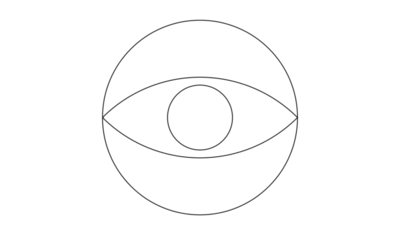Locus of the incenter of
In the unit circle centered at the origin, we inscribe with , and moving freely on the circumference of the circle. The incenter of traces a closed locus. Find the area enclosed by the locus.
This section requires Javascript.
You are seeing this because something didn't load right. We suggest you, (a) try
refreshing the page, (b) enabling javascript if it is disabled on your browser and,
finally, (c)
loading the
non-javascript version of this page
. We're sorry about the hassle.

Indeed we see that X = cos 2 θ − sin 2 θ Y = cos 2 θ + sin 2 θ − 1 and hence X 2 + ( Y + 1 ) 2 = 2 so the upper half of the locus lies on the circle with centre ( 0 , − 1 ) and radius 2 . This means that the area contained in the locus is 2 × [ 2 1 × 2 2 × 2 1 π − 2 1 × 2 2 × sin 2 1 π ] = π − 2